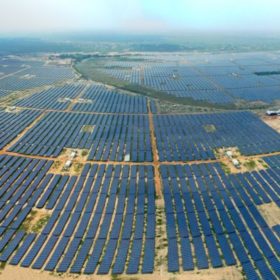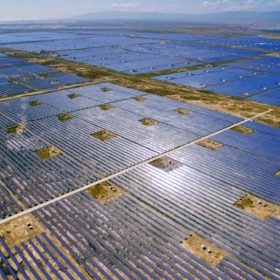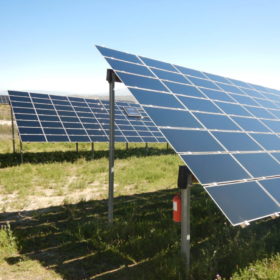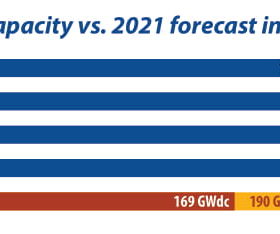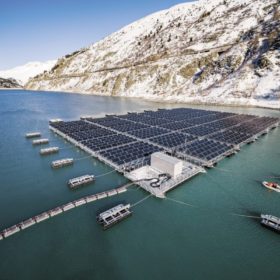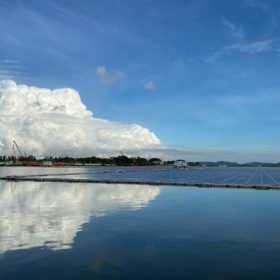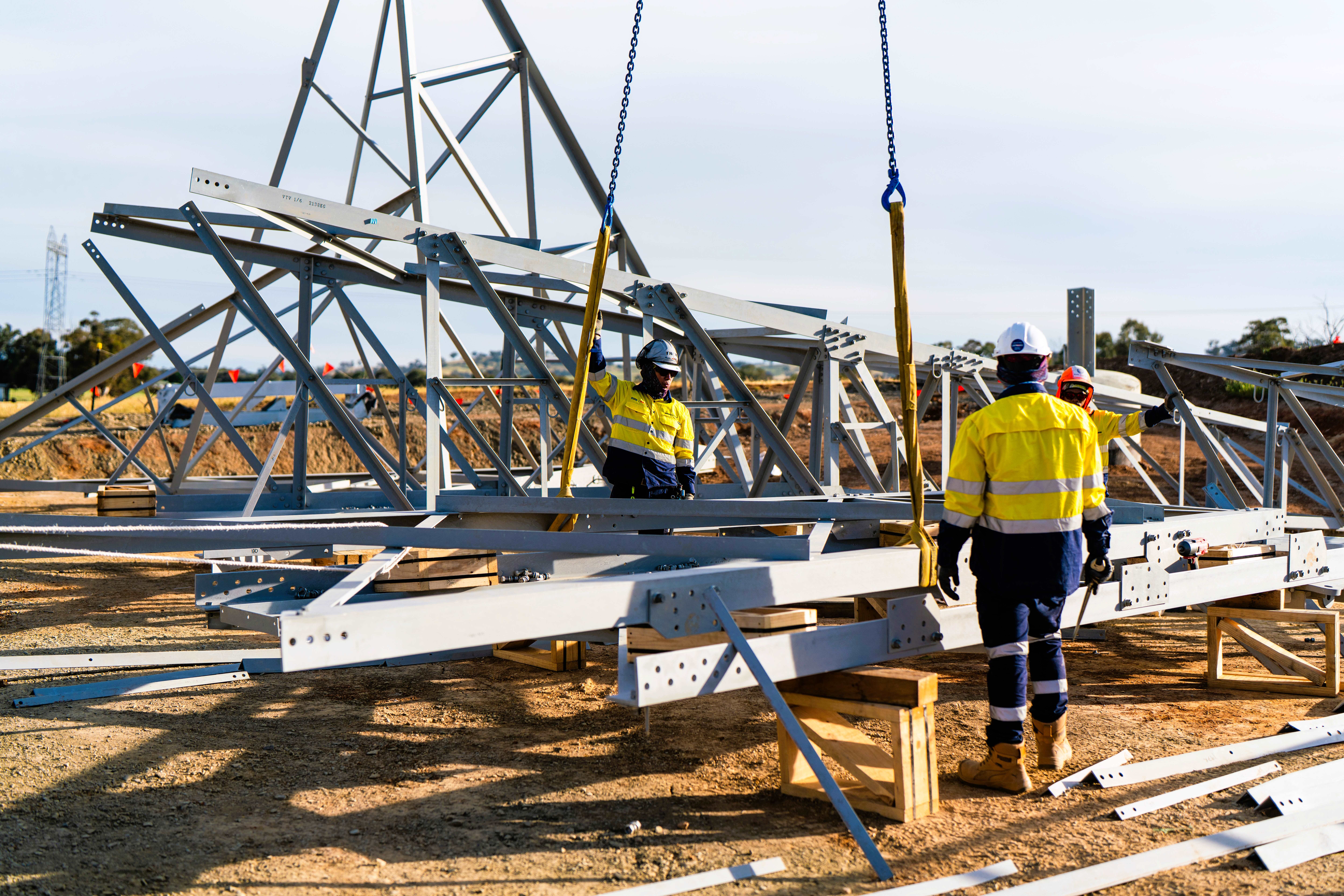India could add 8.5 GW of solar in FY2022
Solar capacity addition in the fiscal year 2021-22 will surge, led by a strong project pipeline. Tariffs will go up amid rising module prices but will remain competitive at below INR 3/kWh (US$ 0.040/kWh).
‘Historic’ 50 GW renewable hydrogen hub proposed for WA
The proposed mega-project would be the world’s largest renewable hub if realised, with a massive 50 GW of solar and wind being used to produce either 3.5 million tonnes of green hydrogen or, alternatively, 20 million tonnes of green ammonia yearly. The $100 billion Western Green Energy Hub, as its called, is being proposed by two of the same companies behind the 26 GW Asia Renewable Energy Hub, which last month had its environmental approvals rejected by the federal environment minister.
Risen Energy reveals first in small-scale solar strategy
Better known for its large-scale exploits, global solar module supplier and project developer Risen Energy Australia has lodged a development application to build a 5 MW utility-scale solar PV farm at Wagga Wagga in southern New South Wales.
China’s solar PV demand could ‘effortlessly’ surpass 100 GW in 2022 as production overcapacity predicted
According to Asia Europe Clean Energy (Solar) Advisory Co. Ltd, demand for solar PV in China could “effortlessly” surpass 100 GW in 2022, following a year of “flat” demand in 2021. It adds that a “massive overcapacity” situation in the production sector is looming. Meanwhile, the distributed solar PV market is on track for huge growth, with potential for annual demand to reach upwards of 20 GW+ from next year.
When does revamping pay off?
With projects in many PV markets ageing past the 10-year mark – with major leaps in technology having occurred in that time – revamping is a popular topic among asset owners. Pv magazine spoke with Asier Ukar, general manager of the Spanish subsidiary of German testing company PI Berlin, to uncover the benefits of revamping PV projects with new components and also to examine the challenges and risks involved.
Sunday read: Firm foundations on shifting sands
Unprecedented capacity expansions and massive technology changes, all happening at a frantic pace, signal that PV is entering the terawatt era. However, challenges in supply and demand imbalances across the value chain, combined with emerging technical and quality risks, require detailed analysis and due diligence from buyers to avoid pitfalls, according to George Touloupas, Joseph Johnson, and Aditya Vardhan from Clean Energy Associates.
Saturday read: Floating up to standard
Floating PV is a growing market, especially in Asian countries with land pressures. However, like many promising niches, it is growing faster than the standards surrounding it. With installed floating PV capacity set to double in 2021, a raft of various and sometimes competing standards are being floated, but the question remains – what is truly the best way forward?
63 MW solar project completed in Philippines as part of 5 GW renewables plan
A 63 MWp solar project has been completed in the Philippines by Modern Energy Management (MEM) for AC Energy. The Gigasol project is part of the latter’s plan to roll out 5 GW of renewable energy capacity by 2025.
Right sized power electronics for sub-5 MW PV projects
The right product, with the right size, and at the right time represents a “holy trinity” and has been achieved in a new power electronics solution available in the Australian marketplace today. With rapid growth in the development of sub-5 MW utility scale PV projects currently underway, Fimer’s PVS980 Compact Skid appears ideal to meet an urgent market demand.
Singapore’s 60 MW floating PV array up and running
There’s talking the talk, there’s walking the walk, and then there’s walking the walk on water. Earlier this year at US President Joe Biden’s Virtual Leaders Summit on Climate, Singaporean Prime Minister Lee Hsien Loong said the city-state would need to “innovate and use technology extensively” to overcome its resource scarcity. With one of the world’s largest floating PV arrays now in operation, it seems as if Singapore is floating in the right direction.
